Celebrating the Black inventors who changed our lives
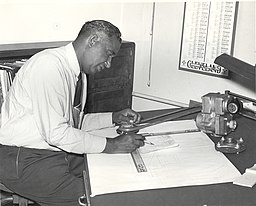
Back in 1956, the famed historian Carr commented that History with a capital ‘H’ is written by a privileged class who have the time and social position to decide what of all the countless events that have taken place are sufficiently important to record. Since History has been written to date by wealthy white men, our history has ended up being a tale of what rich white men did. Even the sexual diversity of these white men – such as that Leonardo Da Vinci was openly gay – has been quietly left out of the official record as taught. This has left our understanding of how the modern world came to be distorted and incomplete. It also ignores the great importance of women and all the people of the global majority.
Innovating for liberation
Black inventors have not just contributed to society, many have been instrumental in supporting their own collective liberation. The first African American U.S. patent recipient, Thomas L. Jennings invented a new dry cleaning process for delicate fabrics. He used the money from his patented invention to support abolitionist causes and free his still-enslaved family members. Looking forward to Black History Month in October, which this year carries the theme of changing the narrative, here are just a few tales of Black inventors who have helped change the world.
Marie Van Brittan Brown – inventor of the video doorbell
The very first video doorbell was invented in 1966 by African-American nurse Marie Van Brittan Brown. Brown often lived alone in the often dangerous neighbourhood of Queens, New York, where crime was rife and the police often unresponsive. She decided to keep herself safe by inventing the world’s first video camera doorbell. This allowed her to inspect unexpected guests before opening the door to them. She developed the system to include a two-way microphone-speaker system, a button that unlocked her front door, and a button to call the police. She took out a patent with her husband the same year. Her prototype home security system established elements in home security common to commercial systems today.
Frederick McKinley Jones – inventor of the refrigerated goods lorry
Frederick McKinley Jones was a prolific inventor who invented one of the first refrigeration systems to be used on trucks in the 1930s. He co-founded the US Thermo Control Company, which later became Thermo King. His company was of vital importance during World War II, helping to preserve blood, food and supplies. It also paved the way for today’s refrigerated goods trucks.
Alexander Miles – inventor of automated lift doors
Imagine having to manually close the inner and outer doors of every lift you used or risk falling down the lift shaft. After his own daughter nearly died falling down a lift shaft, Alexander Miles invented a mechanism to automatically open and close the doors before the lift started moving. His patented mechanism continues to be used in lifts today.
Mark Dean – inventor of modern computing
The early days of computing were limited to monochrome displays where light text appeared against a dark background until IBM chief engineer and inventor Mark Dean led a team of engineers at IBM to create the first colour PC monitor and the world’s first gigahertz processor, hugely increasing processing speed and making today’s world of graphic design and computer gaming possible.
Elijah McCoy – inventor of the portable ironing board
Serial inventor Elijah McCoy, whose inventions were reportedly so well received they gave rise to calling genuine articles “the real McCoy”, invented both the portable ironing board and the lawn sprinkler.
A Black woman, Sarah Boone, later patented a design improvement to McCoy’s ironing board“to produce a cheap, simple, convenient, and highly effective device, particularly adapted to be used in ironing the sleeves and bodies of ladies’ garments.”
Madam C. J. Walker – beautician and self-made millionaire
Black women’s hair care was practically non-existent around the time of abolition in the late nineteenth century. Many women lived lives little better than slavery. They went bald from working with lye as washerwomen or from untreated scalp infections and lice infestations caused by poverty and squalid living conditions. It was commonplace for women who were balding to cover their heads, which became a symbol of low status and helped trap them in poverty.
Born to former slaves, orphaned at just 7 years old, and later losing her hair to a scalp condition, Madam C.J. Walker discovered a superior haircare product from the cheap but harmful remedies commonly being sold to Black women of the time and began selling this before creating and selling her own innovative brand of medicinal hair products that emphasised keeping women’s hair and scalps clean and healthy, becoming one of the first Black self-made millionaires. Her cosmetics brand is still around today.
Garrett Morgan – father of the modern traffic light system
After taking what he had learned from factory jobs to set up his own sewing machine repair shop, Garrett Morgan invented an improved sewing machine, the patent for which gave him financial security. Developing a lubricant to prevent sewing machine needles from scorching fabric, he accidentally discovered the first hair straightener product, which he tried on his neighbour’s dog and himself before setting up to sell commercially. He also invented a precursor to the gas mask used in the First World War and added the amber warning light to the traffic lights we see today, giving motorists added warning before the lights change from red to green (or vice versa).
Alice H. Parker – Home heating innovator
Alice H. Parker invented a forced air heating system that innovatively made use of a natural gas heater that replaced the inefficient and sooty fireplace. Modern adaptations of her invention are now used to heat many modern homes.
Patricia Bath – first Black female doctor to receive a medical patent
Dr Patricia Bath was a pioneering ophthalmologist who invented a laser cataract treatment device called a Laserphaco Probe in 1986 and became the first Black female doctor to receive a medical patent. Her invention has saved the sight of millions worldwide.
Clearly, this is a far from exhaustive list. I haven’t even included the George Washington Carver, who invented over 300 uses for peanuts after encouraging southern farms that had been devastated by boll weevil infestations to restore nutrients to depleted soil by planting legumes and other crops to restore fertility. Carver invented many uses for peanuts to help create a market for these crops, including several processed food products, although he reportedly never invented the incredibly popular peanut butter.
References
Carr, H. (1990). What is history? Penguin. [Available in the Library]
Donica, A., & Witter, B. (2024, February 9). 11 famous Black inventors who changed your life. https://www.biography.com/inventors/g46697619/famous-black-inventors
Hill, R. (2016, April 11). Marie Van Brittan Brown (1922-1999). Black past. https://www.blackpast.org/african-american-history/brown-marie-van-brittan-1922-1999/
Manos, N. (2009, February 2). Thomas L. Jennings (1791-1856). Black past. https://www.blackpast.org/african-american-history/jennings-thomas-l-1791-1856/
Weber, E. (2018, April 1). Alice H. Parker (1895-?). Black past. https://www.blackpast.org/african-american-history/parker-alice-h-1895/
White, D. (2018, January 4). Alexander Miles (1838-1918). Black past. https://www.blackpast.org/african-american-history/miles-alexander-1838-1918/
Image credit: Brown Sketch. CC BY-SA 4.0 https://creativecommons.org/licenses/by-sa/4.0, via Wikimedia Commons

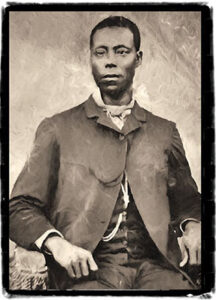
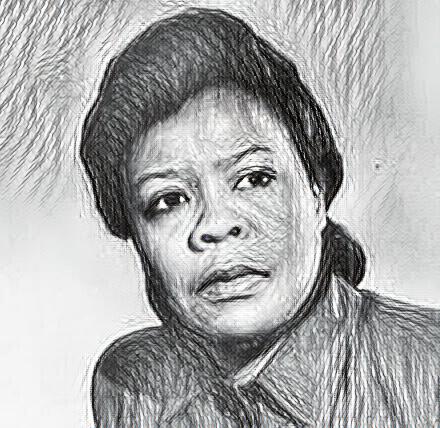
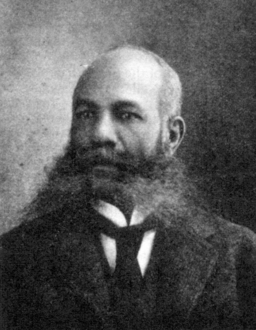

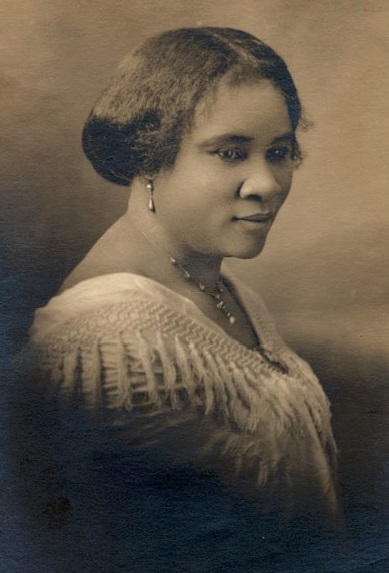

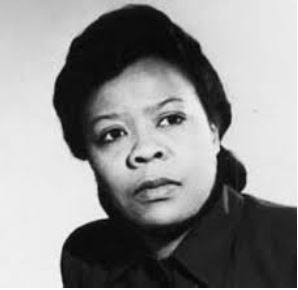
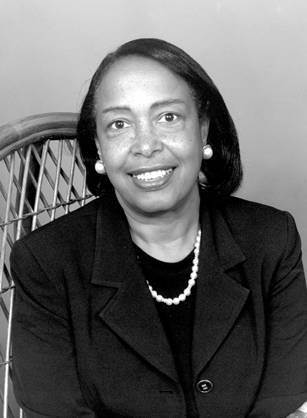



Leave a Comment (note: all comments are moderated)